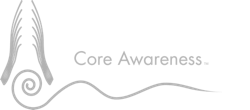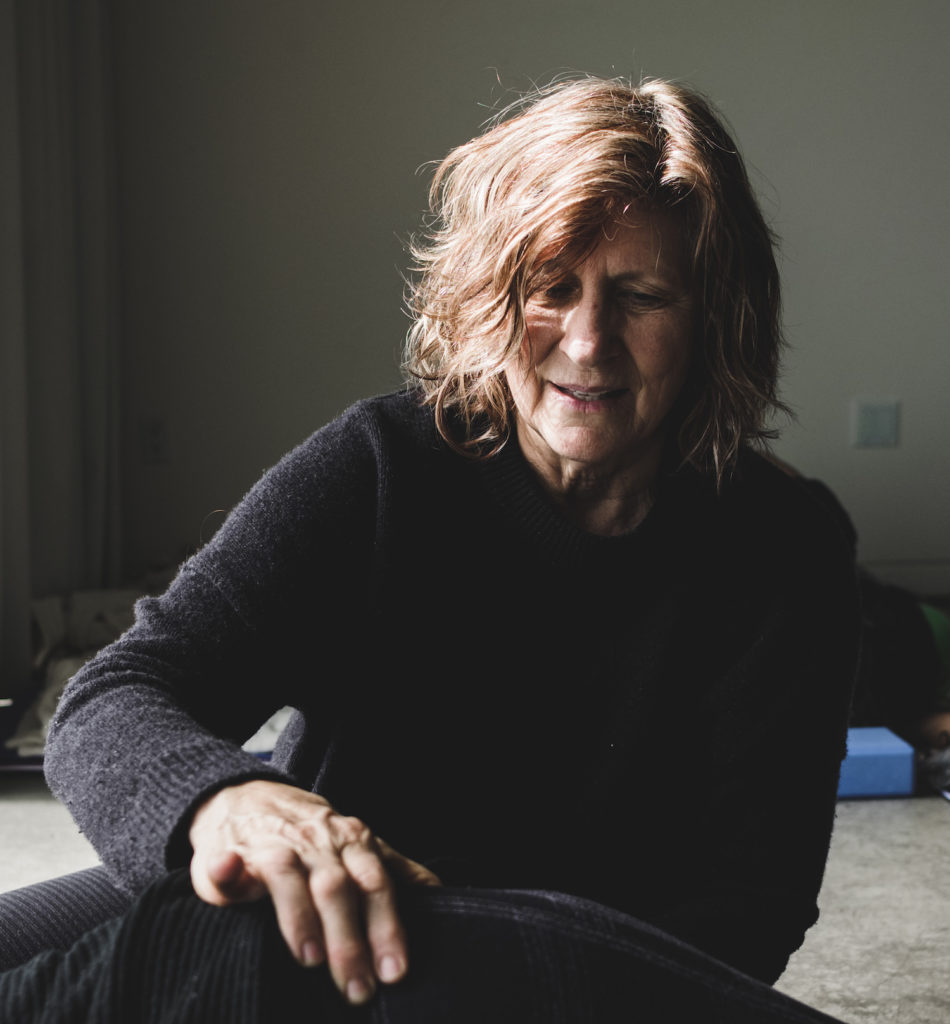Tom Myers author of Anatomy Trains and Liz Koch author of The Psoas Book air their professional perspectives on working with the Psoas. Both Tom & Liz have extensive personal and professional experience working with the psoas. Having trained with Ida Rolf in the 70’s, Tom Myers comes to this discussion with an extensive hands-on approach, while somatic educator Liz Koch brings her 30 years of somatic explorations as validation for avoiding direct palpation of the core muscle.
This conversation enlightens their mutual understanding of the psoas and highlights the thinking behind why their approaches differ. (Part II continues and can be found under Podcasts June 12, 2011)
More information about Tom Myers and Anatomy Trains can be found at www.anatomytrains.com.

